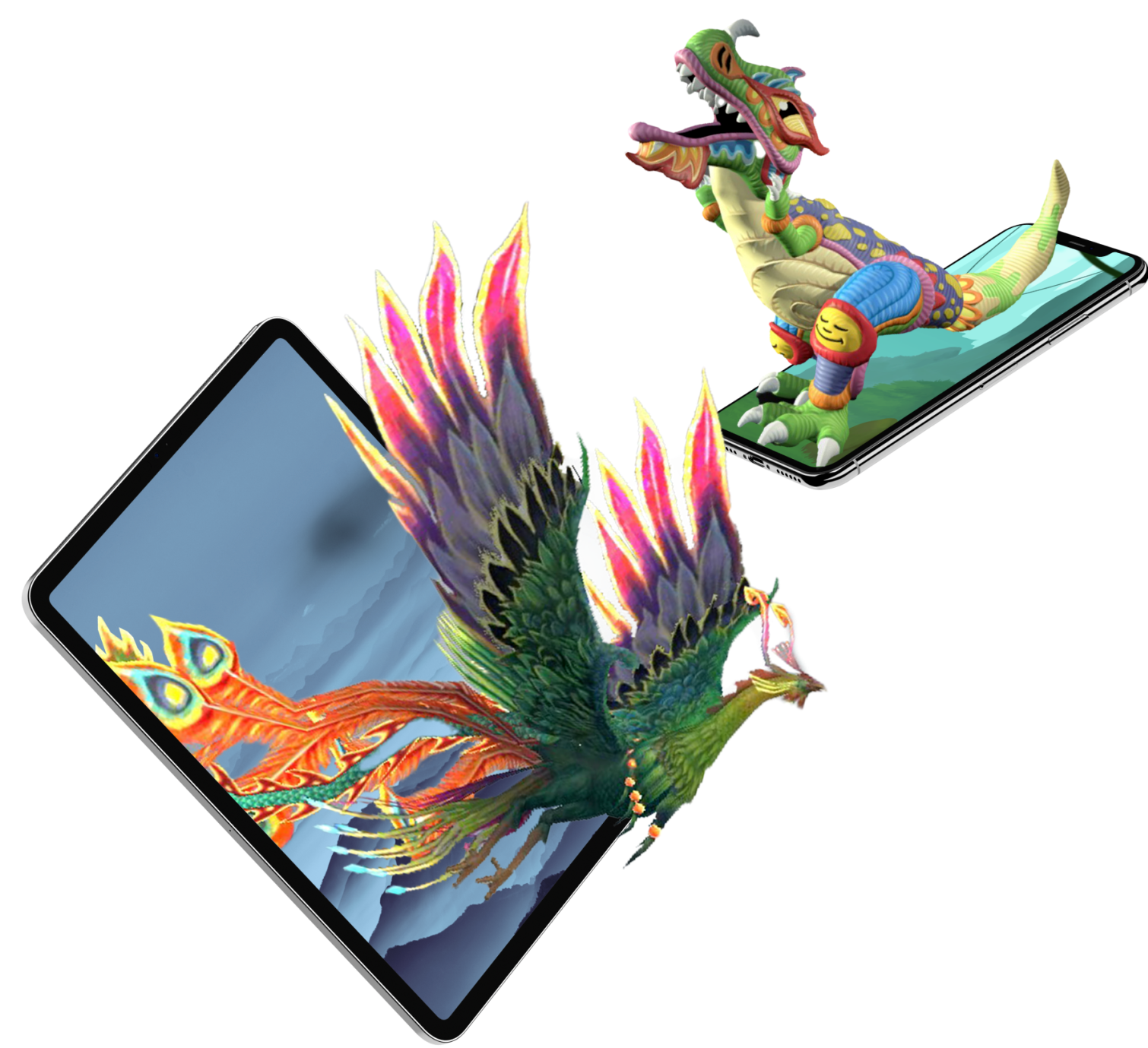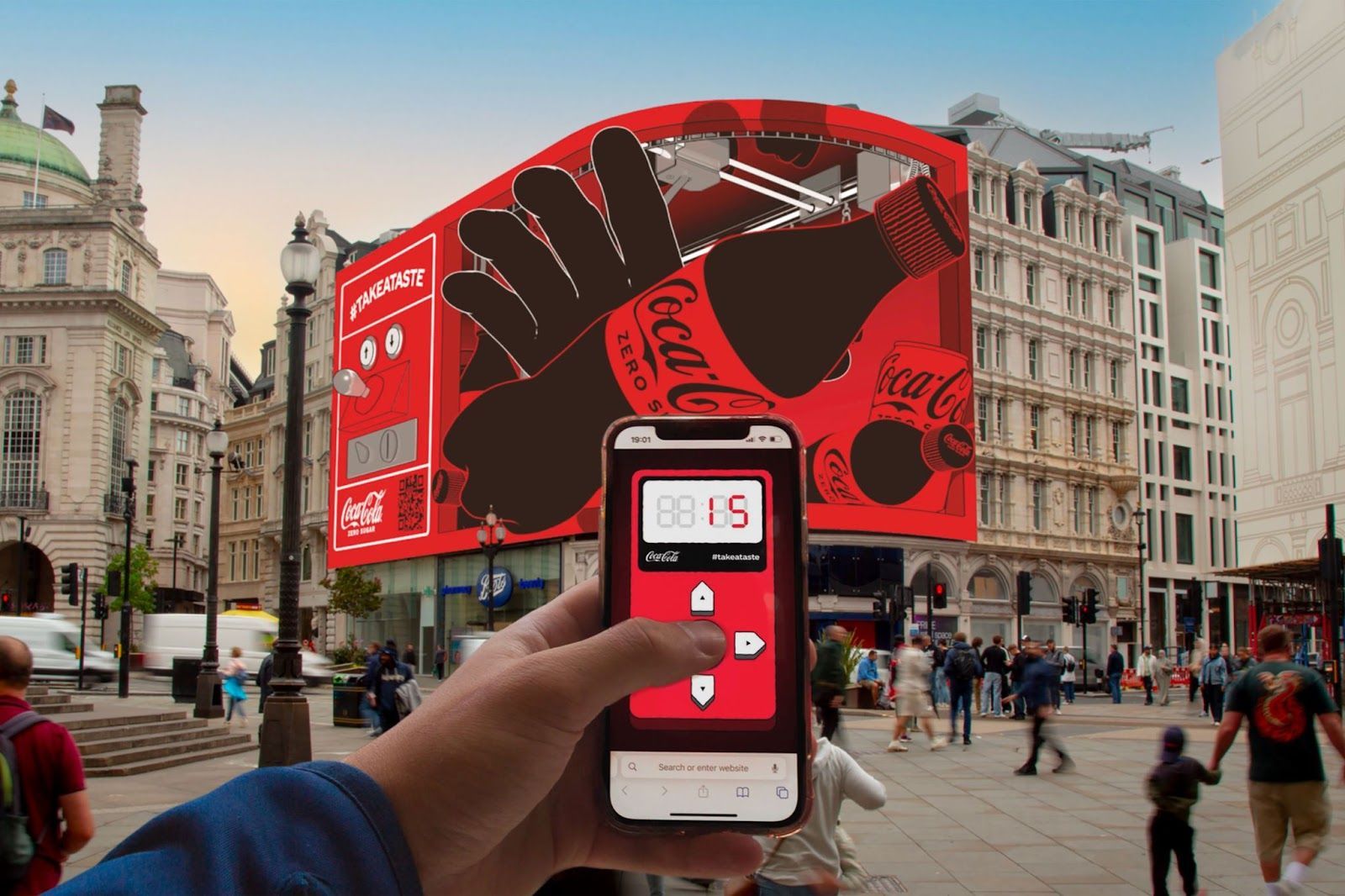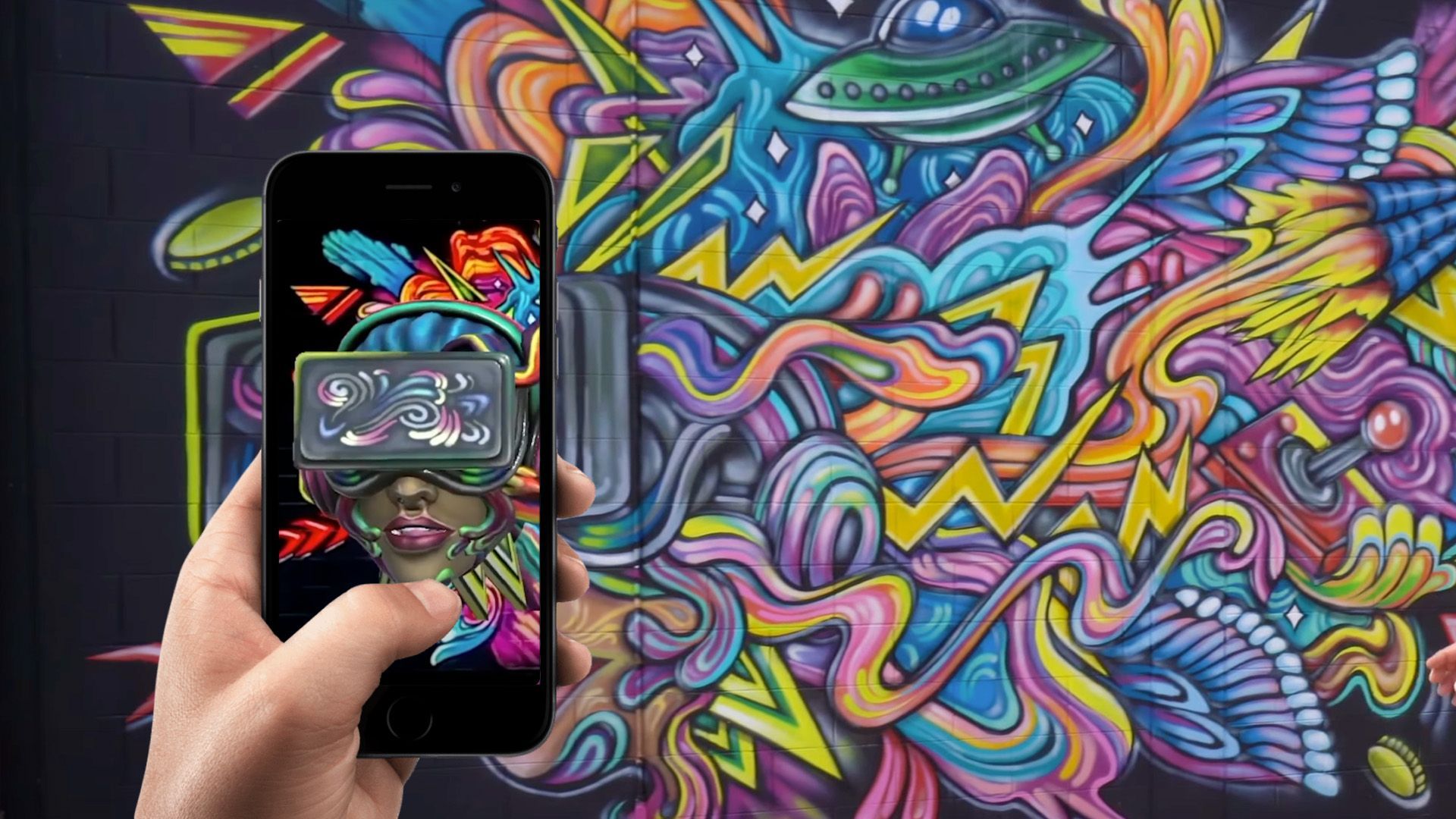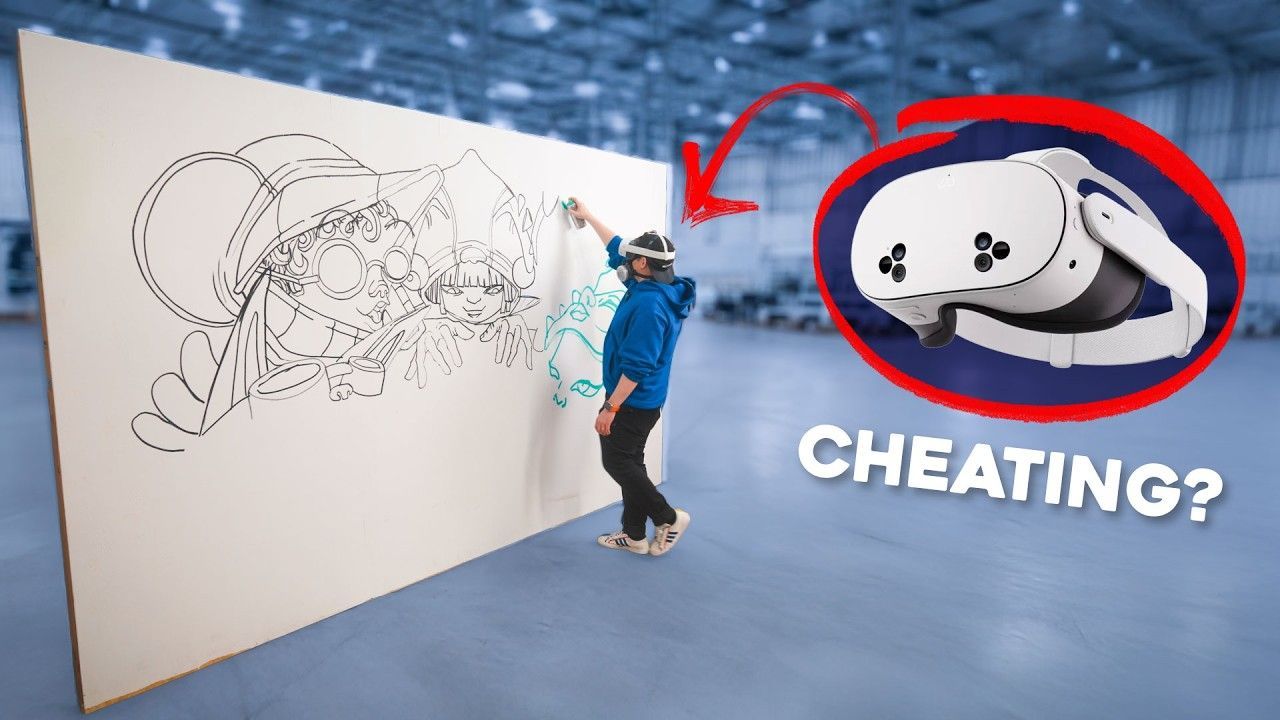2D Image to 3D AI
Introduction to 2D to 3D AI Conversion
Understanding the Basics
The realm of digital imagery has undergone a remarkable transformation with the advent of AI technology. At the forefront of this revolution is the conversion of 2D images to 3D models using AI, a process that has piqued the interest of professionals across various industries. This technology leverages advanced algorithms to interpret and extrapolate the dimensions and depth of a flat image, rendering it into a three-dimensional format.
The Evolution of Image Conversion Technology
Historically, transforming a 2D image into a 3D model was a labor-intensive process, requiring significant manual effort and expertise in graphics design. However, with the integration of AI, this process has become more automated, accurate, and accessible. The evolution of this technology signifies a leap in how we perceive and interact with digital imagery, opening new vistas in various fields.
How 2D to 3D AI Conversion Works
The Technology Behind the Scenes
The core of 2D to 3D AI conversion lies in sophisticated machine learning algorithms. These algorithms analyze the 2D image, identifying patterns, shapes, and textures to infer depth and perspective. This analysis is often supported by large datasets that the AI uses as references to make more accurate conversions.
Machine Learning and AI Algorithms
AI systems use machine learning, particularly deep learning models, to understand the nuances of depth perception. These models, trained on thousands of images, learn to identify how different elements in a 2D image relate to each other in a spatial context, enabling them to predict a 3D structure.
Software and Tools Used
Several specialized software tools have been developed to facilitate this conversion process. These tools range from open-source platforms to advanced commercial software, each offering unique features and levels of complexity.
DreamGaussian: Generative Gaussian Splatting for Efficient 3D Content Creation
Lately, there's a new way of making 3D things on computers that's really cool, but sometimes it's slow and not easy to use. So, DreamGaussian has come up with a new way called DreamGaussian, which is faster and makes even better 3D stuff. DreamGaussian's special trick is to use a 3D paint-splatter method with extra steps to make everything look super realistic. Unlike other methods that take away bits they don't need, DreamGaussian makes 3D models more detailed quickly, which is great for making 3D pictures. DreamGaussian also has a smart way to add textures and fine details, making everything look more real. DreamGaussian tested it a lot and found out it's not only quick but also really good at making high-quality 3D models fast, like turning a single picture into a detailed 3D model in just 2 minutes, which is way faster than before.
Use DreamGaussian to create 3D models using 2D Images:
https://huggingface.co/spaces/jiawei011/dreamgaussian
Applications and Use Cases
In Gaming and Entertainment
The gaming and entertainment industry has been revolutionized by 2D to 3D AI conversion. Developers now use this technology to create immersive 3D environments and characters from 2D concept art quickly. This not only speeds up the development process but also enhances the visual appeal and engagement of games and virtual reality experiences.
Industrial Design and Prototyping
In the realm of industrial design, 2D to 3D AI conversion is a game-changer. Designers and engineers can swiftly convert their 2D sketches into 3D prototypes using AI. This capability significantly accelerates the product development cycle, enabling faster iterations and more efficient design processes.
Healthcare and Medical Imaging
The healthcare sector benefits immensely from this technology. Converting 2D medical images, like X-rays or MRI scans, into 3D models helps doctors and surgeons get a better understanding of patient anatomy, leading to more accurate diagnoses and tailored treatment plans.
Benefits of 2D to 3D AI Conversion
Enhanced Visual Experience
One of the most apparent benefits of 2D to 3D AI conversion is the enhanced visual experience it offers. Whether it’s in video games, movies, or virtual simulations, the depth and realism added by 3D imagery create a more immersive and engaging experience for the user.
Improved Accuracy and Efficiency
The precision and efficiency of AI in converting 2D images to 3D models cannot be overstated. With AI, the likelihood of human error is greatly reduced, and the process becomes significantly faster, enabling quicker turnaround times for projects that traditionally took much longer.
Cost-Effective Solutions
Adopting AI for 2D to 3D conversion is also cost-effective. It reduces the need for extensive manual labor and streamlines the production process, ultimately saving businesses time and money.
Challenges and Limitations
Despite its numerous advantages, 2D to 3D AI conversion is not without its challenges and limitations.
Technical Challenges
The technology still faces technical hurdles, especially in accurately interpreting complex images or those with obscure perspectives. The quality of the output heavily depends on the algorithm’s sophistication and the training data used.
Data Privacy and Security Concerns
In sectors like healthcare, where patient data is involved, there are legitimate concerns regarding data privacy and security. Ensuring that AI systems are compliant with regulations and standards is crucial to maintaining confidentiality and trust.
Future of 2D to 3D AI Conversion
Emerging Trends
The future of 2D to 3D AI conversion looks incredibly promising, with emerging trends pointing towards even more sophisticated and accurate conversions. Advancements in AI and machine learning algorithms are continuously refining the process, making it faster and more reliable.
Potential Developments and Innovations
We are likely to witness groundbreaking innovations in this field. Imagine AI systems that can not only convert images but also animate them, creating dynamic 3D models from static 2D pictures. The potential for such technology spans across multiple sectors, from entertainment to education and beyond.
Getting Started with 2D to 3D AI
Choosing the Right Tools and Software
For those interested in exploring 2D to 3D AI conversion, selecting the right tools is crucial. There's a range of software available, tailored to different skill levels and purposes. Beginners might prefer user-friendly platforms with guided tutorials, while professionals might opt for more advanced and customizable solutions.
Best Practices and Tips for Beginners
For beginners, it's important to start with the basics. Understanding the principles of 2D and 3D imaging, along with some foundational knowledge of AI, can significantly improve the learning curve. Engaging with online communities and experimenting with different types of images can also be highly beneficial.
Case Studies and Success Stories
Real-World Applications
To demonstrate the impact of 2D to 3D AI conversion, various case studies highlight its success. For instance, in architecture, this technology has enabled architects to create detailed 3D models of buildings from simple sketches, facilitating better visualization and planning.
Testimonials and User Experiences
Testimonials from industry professionals further underscore the efficiency and effectiveness of this technology. Many acclaim the time-saving and precision-enhancing aspects of AI in their workflow, validating the technology's practical utility.
Comparative Analysis
Traditional 2D vs. AI-Enhanced 3D Imaging
When comparing traditional 2D imaging with AI-enhanced 3D models, the differences are stark. The depth, detail, and realism offered by 3D models provide a more comprehensive understanding and interaction with the image, which is invaluable in many professional and creative fields.
Competitor Analysis
In the competitive landscape, various companies and software developers are continually advancing their technologies to lead in this domain. This competitive spirit fuels innovation and ensures continuous improvement in 2D to 3D AI conversion technologies.
Expert Opinions and Insights
Interviews with Industry Leaders
To gain deeper insights into 2D to 3D AI conversion, interviews with industry leaders reveal a consensus on its transformative potential. These experts highlight how AI is not just changing current practices but is also paving the way for innovations we haven't yet imagined.
Research and Studies
Recent studies underscore the effectiveness of AI in image conversion. Research papers detail significant advancements in algorithm accuracy, efficiency, and the ability to handle complex conversions, further validating the technology's potential.
User Guide and Tutorials
Step-by-Step Instructions
For those eager to dive into 2D to 3D AI conversion, numerous resources offer step-by-step instructions. These guides range from beginner-friendly tutorials to advanced techniques, catering to a wide spectrum of users.
Troubleshooting Common Issues
As with any technology, users may encounter challenges. Fortunately, there's a wealth of troubleshooting guides and support forums where users can find solutions to common issues, ensuring a smooth learning and usage experience.
Community and Support
Forums and Online Communities
Online communities play a pivotal role in the 2D to 3D AI conversion landscape. These forums are not just platforms for troubleshooting but also hubs for sharing knowledge, experiences, and the latest industry trends.
Customer Support and Resources
Leading software providers in this domain offer robust customer support and resource libraries. These resources are invaluable for users to maximize the potential of their chosen tools and stay updated with the latest upgrades and features.
Cost Analysis and Budgeting
Pricing Models
The cost of 2D to 3D AI conversion tools varies widely. While some basic tools are free or offer trial versions, more advanced software may require a subscription or a one-time purchase. It's important for users to assess their needs and budget before selecting a tool.
Return on Investment (ROI)
Despite the initial costs, the ROI of using 2D to 3D AI conversion tools can be substantial. The time and resources saved, coupled with the enhanced quality of output, often justify the investment, especially for professionals and businesses.
Legal and Ethical Considerations
Compliance with Regulations
Users of 2D to 3D AI conversion technology must be mindful of legal considerations, especially regarding copyright and data privacy laws. Ensuring compliance is crucial to avoid legal repercussions and maintain ethical standards.
Ethical Implications
The ethical implications of AI in imaging cannot be overlooked. It's essential to use this technology responsibly, ensuring that it benefits society and does not contribute to privacy violations or other unethical practices.
Conclusion and Future Outlook
In conclusion, 2D to 3D AI conversion is a groundbreaking technology with vast applications and potential. Its ability to transform industries, enhance user experiences, and accelerate workflows is undeniable. As we look to the future, continuous advancements in AI will undoubtedly unlock even more possibilities, reshaping how we interact with and perceive digital imagery.
FAQs
- What is 2D to 3D AI conversion?
- It's a process where AI algorithms convert flat 2D images into three-dimensional models.
- What are the main applications of this technology?
- Its applications span across various sectors, including gaming, healthcare, industrial design, and more.
- What are the benefits of using AI for 2D to 3D conversion?
- Key benefits include enhanced visual experience, improved accuracy, efficiency, and cost-effectiveness.
- Are there any significant challenges or limitations?
- Challenges include technical limitations in complex conversions and data privacy concerns.
- How can one get started with 2D to 3D AI conversion?
- Beginners can start with user-friendly software and online tutorials, while professionals may opt for advanced tools.
TALK TO A PRO
We're here to bring your brand to life!
Stay Connected with BrandXR
Create Augmented Reality for Free!
Create, Publish, and Measure 3D Augmented Reality Experiences Without Having to Code.














